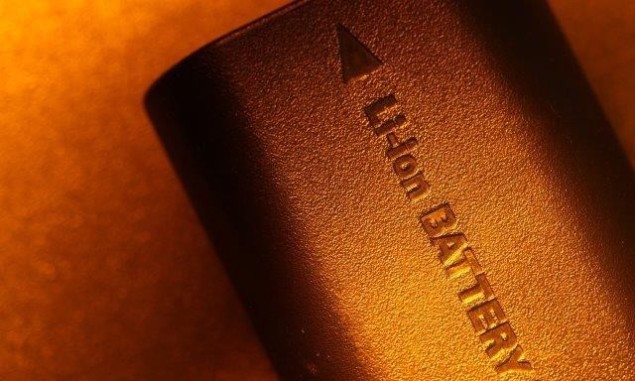
Batteries are everywhere and their use is likely to increase in the future as they are employed in emerging applications such as flexible electronics and biometrics. Lithium-ion batteries will not be suitable here because of their safety and toxicity issues. Researchers at Texas A&M University in the US are working on battery electrodes made from polypeptides – which make up proteins – and say that these materials show promise for sustainable energy storage that is safer for the environment and for users. They presented their work at a press conference at the American Chemical Society (ACS) Fall 2019 National Meeting & Exposition taking place this week.
Protein batteries could be safe, recyclable and responsibly sourced circular economy devices, unlike Li-ion batteries (only 5% of these are recycled at present), say the researchers, who are led by Karen Wooley. All-protein batteries could also be recycled or degraded back into their constituent amino acids. This is not the case for Li-ion devices since the cost of recycling these is higher than manufacturing them from scratch. What is more, there is currently no way of disposing of Li-ion devices safely.
A typical battery consists of a cathode, an anode, an electrolyte through which charged ions can easily flow, and a barrier to keep the two separate. An electric current is produced as positively charged ions move from the anode to the cathode during cell discharge. When a battery is recharged, an external current makes the ions flow in the opposite direction. This results in the ions being stored at the anode.
Redox-active molecules
Wooley and colleagues made battery electrodes using composites of carbon black and polypeptides that contain either viologen or 2,2,6,6-tetramethylpiperidine 1-oxyl (TEMPO). They attached viologens to the matrix used for the battery anode and used a TEMPO-containing polypeptide for the cathode. Both viologens and TEMPO are redox-active molecules, which means they contain a component that acts as the charge-storage centre surrounded by insulators or barriers formed by linkage and surface groups. Electrons tunnel through the barrier during oxidation and reduction processes.
Redox active polymers can also charge much faster than Li-ion materials, so batteries made of these polymers have the potential to charge within minutes rather than hours, says Wooley.
The researchers have measured the potential window between the anode and cathode in their devices to be about 1.5 volts. Although this is low, it is enough for applications such as biosensors, that require little energy.
Different conformations
The team says that it has synthesized several polymers that adopt different conformations, such as a random coil, an alpha helix and a beta sheet, to study how these structures function when organized on a substrate. These kinds of conformations are found in natural proteins that already transport electrons efficiently, explains Wooley.

Multilayer design makes conducting stretchable batteries
“The spatial arrangement of the molecules is important for how the energy transfer mechanism works in the device, so changing this arrangement will help us find out which conformations work best,” adds team member Tan Nguyen. “We can also control the degree of polymerization of the molecules and are mixing and matching various types of molecules to build up a library of potential protein-battery compounds.
“The trend in the battery field right now is to look at how the electrons are transported within a polymer network,” he says. “The beauty of polypeptides is that we can control the chemistry on their side chains in 3D without changing the geometry of the backbone, or the main part of the structure. Then we can systematically examine the effect of changing different aspects of the side chains.”
The work is simply a proof-of-concept at this stage, he stresses. This was our first attempt to make such devices, so we chose molecules that we could easily work with.



